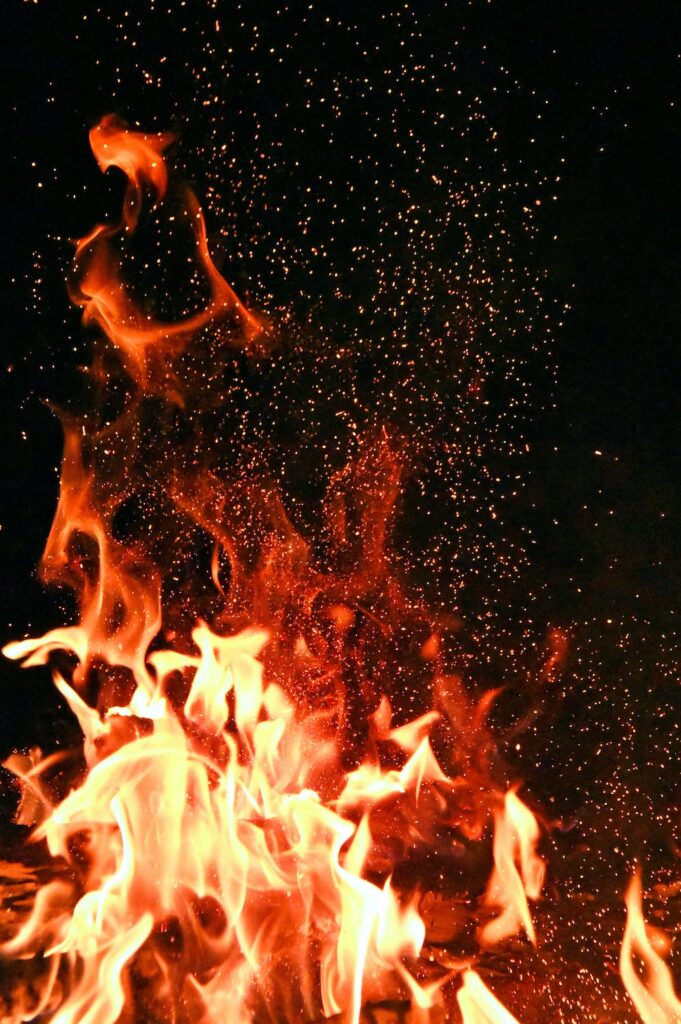For the first professional development day of the year, our class was assigned to listen to a talk given by Niigaan Sinclair at Vanier Hall. We were invited to participate in person or online. I attend via Zoom. Niigaan Sinclair’s talk, in an understated summary, was about why and how to integrate Indigenous pedagogy and practices into education. He shared various stories to demonstrate the positive benefits that select groups and the population at large reaps from sowing an authentic practice of Indigenous pedagogy. He also presented the various disadvantages that select groups and the population at large suffer in the absence of Indigenous pedagogy and practices and under colonial philosophies.
Having mulled over various concepts, and coming back to Sinclair’s talk after a few weeks of interaction with other materials and authors, there is an underlying truth that is really standing out to me which I want to reflect upon: embodied relationships and attention to connectedness through ritual and ceremony.
In Sinclair’s talk, he shared two examples of Indigenous ceremony, which I believe aptly serve to demonstrate embodied connectedness. Firstly, the fire ceremony, and then the berry fast. Among many lessons, the fire ceremony teaches young men the importance of each of their roles in building the fire, demonstrating the importance of responsibility in community and community health. The berry fast on the other hand, which is a year-long abstinence from eating strawberries, the heart berry, for one year following a girl’s first menstruation, has other lessons to impart. Namely, the year of abstinence in correlation with menstruation is an honouring of the power of woman and the transition to womanhood.


Photo by Adonyi Gábor and Iqbar Farooz on Pexels.
In both cases, ceremony makes manifest the implicit connectedness of individuals to people, place and land, that neo-imperial western worldviews often ignore, and by bringing attention to them, works to honour and maintain healthy relationships and communities. In other words, ceremony and ritual allow for a holistically embodied experience of connectedness, that is, an active engagement of mind, body, and spirit with that which we are in relation too. This means that we are turning all our attention, and so, resources towards other or self, which empowers us to be responsive and responsible in our relationships to that which we affect and mutually affects us.
Within the framework of education and pedagogy, I believe this is incredibly important for way too many reasons to discuss presently, but if I had to pick one reason to highlight, it is best captured in the following approximate quote, attributed to Suquamish Chief Si’ahl (Seattle/Sealth/Seathl/See-ahth):
“All things are connected, like the blood that unites us. We do not weave the web of life, we are merely a strand in it. Whatever we do to the web, we do to ourselves”
Suquamish Chief Si’ahl (Seattle/Sealth/Seathl/See-ahth)